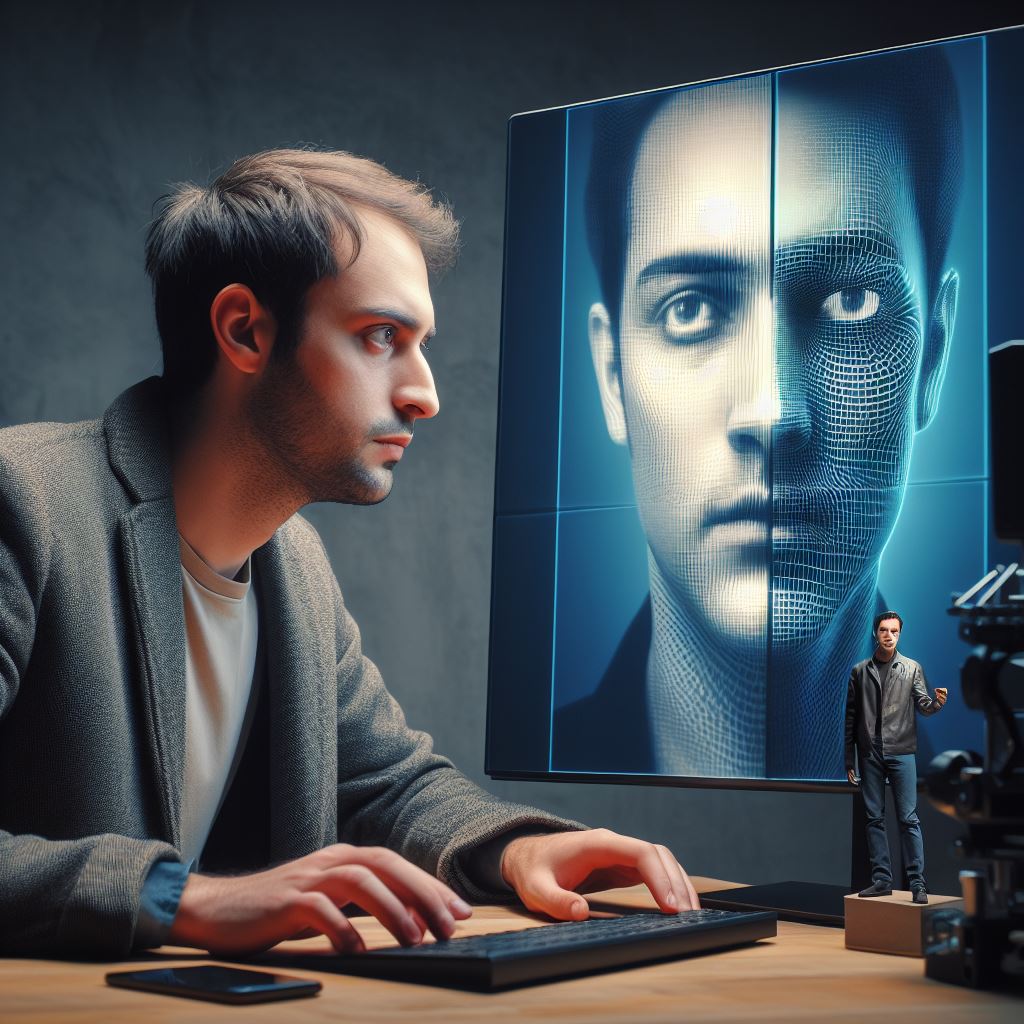Introduction
Deepfakes, a type of artificial intelligence (AI) that can create realistic and convincing images, videos, or audio of people saying or doing things they never did, are becoming increasingly sophisticated and accessible. This has raised concerns about the potential for deepfakes to be used for malicious purposes, such as spreading misinformation, scamming people, or even blackmailing individuals or organizations.
In this blog post, we will discuss the growing threat of AI deepfake scams and the challenges they pose to cybersecurity. We will also provide some tips on how to protect yourself from these scams.
What are AI deepfakes?
AI deepfakes are created using a variety of techniques, including machine learning, computer vision, and artificial neural networks. These techniques allow AI systems to analyze large amounts of data, such as images, videos, and audio recordings, and learn to identify patterns and relationships. This knowledge can then be used to generate new content that is indistinguishable from the real thing.
For example, an AI system could be trained on a dataset of images of a person’s face. The system would then be able to generate new images of the person’s face, even if they were saying or doing something that they never actually did.
How are AI deepfakes being used for scams?
AI deepfakes are being used for a variety of scams, including:
- Scamming individuals: Scammers can use AI deepfakes to create fake videos or audio recordings of people, such as CEOs of companies or celebrities, asking for money or personal information.
- Spreading misinformation: AI deepfakes can be used to create fake news stories or propaganda that can be used to manipulate public opinion.
- Blackmailing individuals or organizations: AI deepfakes can be used to create fake videos or audio recordings of people saying or doing incriminating things. This can then be used to blackmail them into doing something they don’t want to do.
What are the challenges of AI deepfake scams for cybersecurity?
AI deepfake scams pose a number of challenges for cybersecurity, including:
- The sophistication of AI deepfakes: AI deepfakes are becoming increasingly sophisticated and difficult to detect. This makes it more difficult for people to identify them as fakes.
- The spread of AI deepfake technologies: AI deepfake technologies are becoming increasingly accessible. This makes it easier for people to create deepfakes, even if they don’t have a lot of technical expertise.
- The lack of awareness of AI deepfakes: Many people are still not aware of the threat of AI deepfakes. This makes them more vulnerable to being scammed.
How to protect yourself from AI deepfake scams
There are a number of things you can do to protect yourself from AI deepfake scams, including:
- Be aware of the threat: The first step to protecting yourself from AI deepfake scams is to be aware of the threat. Learn about how AI deepfakes are created and used, and be on the lookout for them.
- Be critical of the information you see online: Don’t believe everything you see or hear online. Be critical of the information you consume, and ask yourself if it seems too good to be true.
- Use multiple sources of information: Don’t rely on a single source of information to verify something. Use multiple sources to get a more complete picture.
- Be careful about what you share online: Be careful about what you share online, especially images, videos, and audio recordings of yourself. These could be used to create AI deepfakes of you.
- Report any suspected AI deepfakes: If you see something that you think is an AI deepfake, report it to the appropriate authorities.
Conclusion
AI deepfakes are a powerful technology that can be used for both good and evil. It is important to be aware of the potential for AI deepfakes to be used for malicious purposes, and to take steps to protect yourself from them. By following the tips in this blog post, you can help to reduce your risk of falling victim to an AI deepfake scam.


